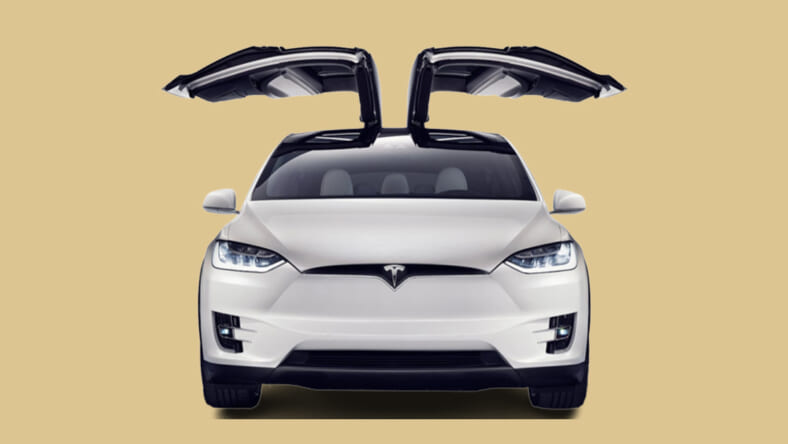Tesla Allows Other OEMs to Use Its Custom Charge Port Design
Over more than a decade of usage, Tesla and its charging infrastructure have shown to be more dependable than their […]

Over more than a decade of usage, Tesla and its charging infrastructure have shown to be more dependable than their real automobiles. It’s the least-complained-about feature, at least. Manufacturing rivals often sing its praises. As a result, now that Tesla has made the design patent available as a possible NACS, will we start to see the Tesla charging connection become the new norm?
The Second Time Around
All the patents Tesla used to create its electric automobiles were made public in 2014. In other words, the goal was to hasten the process by which manufacturers entered the EV market. The catch was that if you used them in good faith, you couldn’t sue Tesla or anyone else who used their patents, you couldn’t sue anyone else over patents related to electric vehicles or their components, you couldn’t use the patents to make a fake version of the patented product, and you couldn’t enforce any rights against Tesla if you improved upon the patented product and Tesla adopted that improvement. The problem is that Tesla did not give up any trade secrets or design patents. Thus anything valuable that would surpass such patents remained secure. Not many big manufacturers adopted these patents because of legal constraints; instead, they relied on their innovations.
Indicative of the North American Pricing Standard (NACS)
Tesla isn’t stopping at just publishing patents; they’re also working on the vehicle’s charging port and cable design. Tesla included all measurements, functional schematics, and specifications for the current version of the Tesla connection in its most recent NACS release. Eventually, Tesla hopes to get this adopted as a public standard by the standards groups that operate inside North America. This would indicate that Musk’s electric vehicle brand would want to see this implemented across the board for all new vehicles sold in North America, including those that already use the SAE J1772 and Combined Charging System (CCS) connections as well as those searching for a more suitable replacement.
Tesla’s planned NACS is physically smaller than the J1772-CCS connection, which is only one of its many advantages. In case you haven’t seen one, the J1772-CCS charging connection is much larger than Tesla’s NACS. The NACS is the same size as the J1772 AC connection while supporting both AC and DC fast charging, as seen in the side-by-side and ghosted comparison image below. The Tesla NACS cable is shorter and more manageable than the J1772-CCS cable, making it ideal for those with limited dexterity in one or both hands. Besides these, Tesla claims that NACS has two further advantages over J1772-CCS.
The first is that NACS has been utilized by Tesla for over a decade, so it is a tried-and-true product. This connection has been tested to withstand 900 kW of charging power at 1,000 volts DC without liquid cooling. The liquid is used to cool the J1772-CCS connections for loads up to 500 kW, increasing the overall size of the cable system. Despite the boast, the performance specs only indicate up to a nominal 500 volts and a maximum current of 400 amps DC (for a 200 kW rate) at roughly 104 degrees Fahrenheit.
